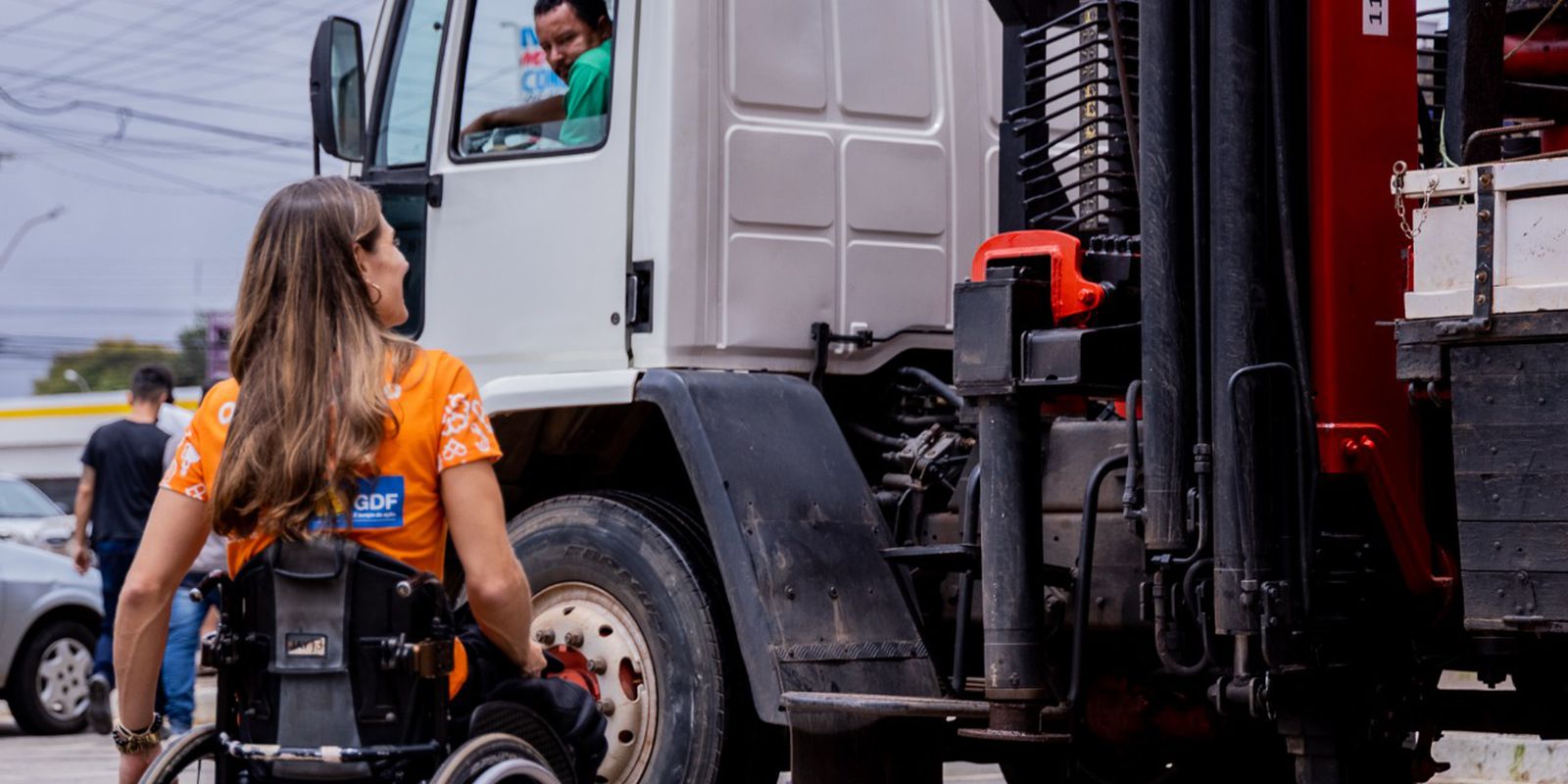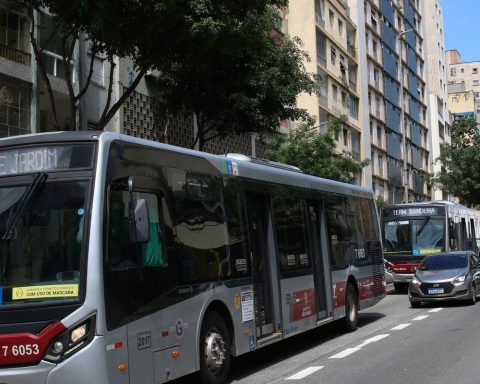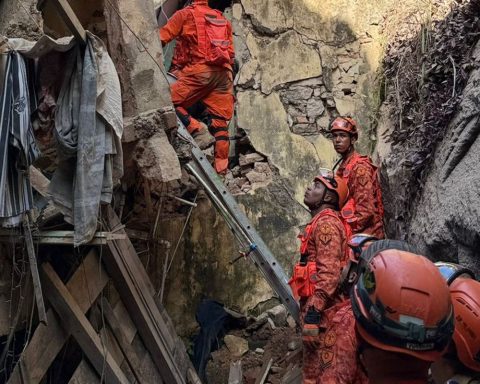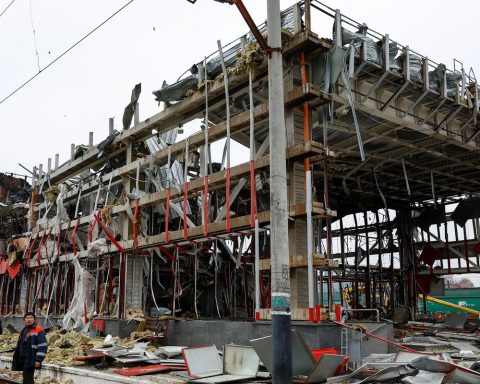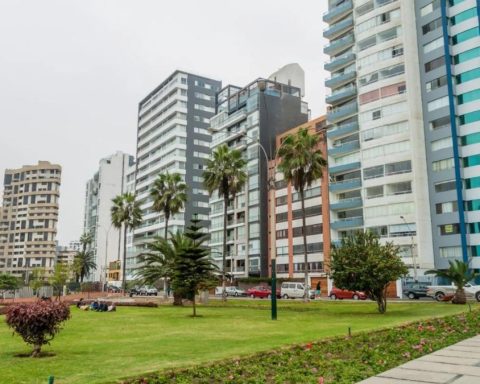A study by the Instituto de Pesquisas e Estatísticas do Distrito Federal (Ipedf) confirms that, in general, people with some type of physical or intellectual disability are more exposed to socioeconomic vulnerability and multiple forms of discrimination than the general population.
Although the focus of searchreleased today (8) by the institute, is a reality in the DF, the findings echo global studies such as the report that the United Nations (UN) launched in 2018, pointing out that, despite advances, people with disabilities remain at a disadvantage when analyzing the parameters of the Sustainable Development Goals (SDGs).
In September of this year, the Brazilian Institute of Geography and Statistics (IBGE) also released a study unprecedented study on the correlation between disability and social inequalities in Brazil.
Based on data from the 2021 District Household Sample Survey (PDAD), Ipedf researchers state that not only does disability increase the probability of a person earning a lower financial income over a lifetime, but poverty increases their chances of becoming become disabled and deepens the limitations of those who already have special needs.
Of the residents of the Federal District with a disability who responded to the PDAD 2021, more than 18% had looked for a job in the 30 days prior to the interview and were not hired. Among those who declared not having any disability, the percentage was 10.8%.
Inequality
“Looking at the overlap of inequalities, we can see that, of people with disabilities, 3.2% are in class A and 26.8% in class D/E”, highlighted researcher Victória Evellyn Costa Moraes Sousa, stressing that, among the social strata with lower purchasing power, the number of people with disabilities is greater.
“Furthermore, [no DF] the proportion of people with disabilities in the informal labor market is also much higher: 35.3% against 22.6% [de pessoas que declaram não ter nenhuma necessidade especial]. This may be an indication that people with disabilities are found in a greater proportion in precarious occupations, in a more stable way and, consequently, with lower salaries”, commented Victoria, pointing out that people with special needs received, on average, 40% of the salary. less salary than people without disabilities.
When breaking down data from the PDAD 2021 on schooling, the Ipedf researchers identified that although the percentage of children with disabilities (63.5%) properly enrolled in schools does not differ much from the number of children without any special needs (66.4%), most of them (81.8%) study in public schools, against 68.5% of the others. In other words, the number of children with disabilities and of school age who need the public school system is much higher.
In addition, more than 26% of children with disabilities had a school gap of two or more years and only 13.8% of residents of the Federal District with a disability completed higher education, against 35.9% of people without disabilities.
“This may be a result of the socioeconomic disadvantages of this population [com necessidades especiais]but there is also another factor that contributes to this: the entire institutional framework of the public school favors accessibility and the inclusion of children with disabilities”, pondered the researcher, suggesting that, due to legal requirements, the public network is more receptive.
Due to a change in the way people with disabilities are identified, the number of residents of the Federal District decreased from 139,012 to 113,642 who, when responding to the PDAD, claimed to have some intellectual, visual, hearing difficulty, to walk or climb stairs.
“Which does not mean that there is a decrease in the number of people with disabilities in the Federal District, which is an issue related to the way in which this is asked”, added the researcher. In proportional terms, the numbers mean that the percentage of people with special needs is now 3.8% of the total population, and no longer the 4.8% indicated in 2018.
Among residents of the Federal District with special needs, 43.2% are visually impaired to some degree. Then come the so-called multiple disabilities (22.6%); physical (19.8%); auditory (7.2%) and intellectual (7.2%). And most residents are over 60 years old – with the exception of the group of people with intellectual disabilities, among whom most are around 20 years old.
